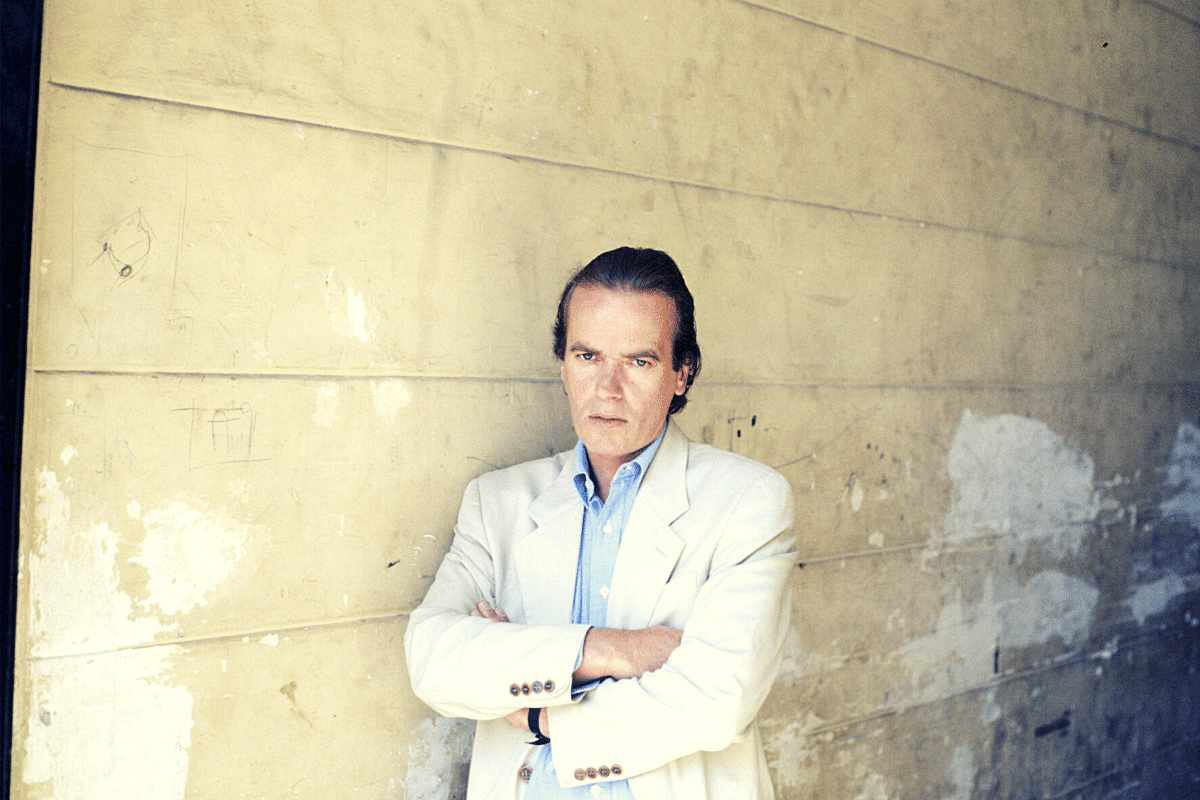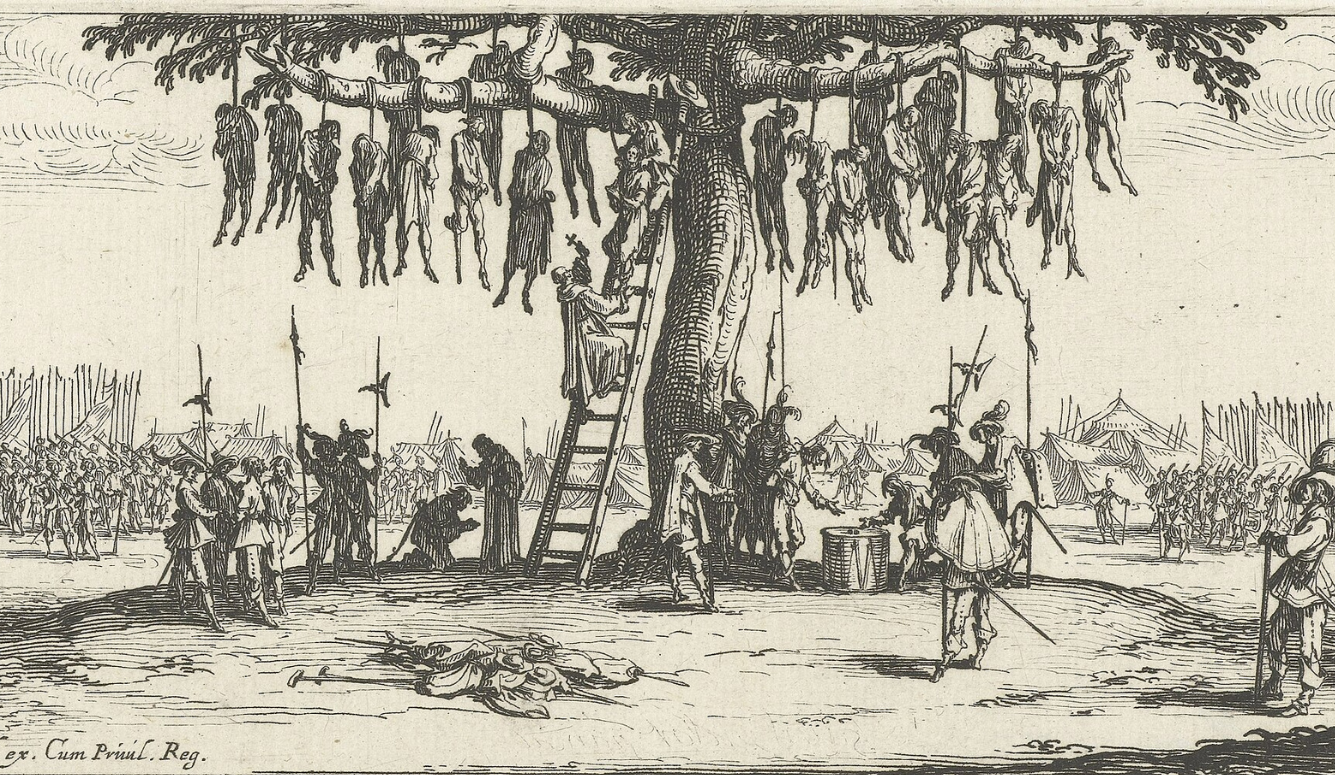Books
Oscar Wilde’s UtopiaOscar Wilde’s Utopia
The novel’s composition is a bit cobbled, which Amis acknowledges when he says that he pities the reviewer who has to cross the whole thing front-to-back, recommending instead that the book be taken up at random and read in leaps and snatches.

A review of Inside Story by Martin Amis. Knopf, 560 pages. (October 2020)
As literature’s cultural relevance washes out on the high tide of digital media, self-absorption becomes the order of the day. Those who can still be bothered to write “serious” books aren’t interested in telling other people’s stories. They want to tell their own. And in the age of profiles and self-promotion, it’s not surprising that auto-fiction—or what I like to call the ME novel—is the literary genre with the most purchase. ME writing, while centuries old, has exploded in the last decade: Karl Ove Knausgaard’s My Struggle, Ben Lerner’s 10:04, and Rachel Cusk’s Outline trilogy (to name a few in fiction); Roxane Gay’s Hunger, Sheila Heti’s How Should A Person Be? and Leslie Jamison’s The Recovering (for non-fiction novels)—while other excesses, like blog novels and memoirs written by 28-year-olds have even managed to find their way to audiences.
Now Martin Amis’s new novel Inside Story joins this club of “life writing” (a genre he describes as “rather dubious”). Inside Story is a ME novel, certainly, but more importantly, it’s a MA novel. As early as 2003, Amis was telling Charlie Rose that he planned to write a longish autobiographical novel, and we see the germination of this idea in a chapter of Inside Story, where Amis, on holiday with his wife Elena (an avatar for his real wife, Isabel Fonseca), teases her with his ambition to write a “smirk novel” about his sexual conquests. This manuscript would develop under the knowingly banal name “Life,” which Amis would then dismember, using its remains for The Pregnant Widow (2010). Returning to Charlie Rose to promote House of Meetings in 2007, Amis mentioned that he was working on an autobiographical novel about aging (he would publish another three novels and a collection of essays in the years that followed). Inside Story is a bit of unfinished business then, having been a work-in-progress for nearly 17 years. The initial themes of sex and aging have been retained, filled out nicely by time, friendship, and death—in this case, Amis’s long friendships with Saul Bellow, who died in 2005, and Christopher Hitchens, who died in 2011.

The conceit is a fireside chat: Amis is our host and we are his guests. The novel’s composition is a bit cobbled, which Amis acknowledges when he says that he pities the reviewer who has to cross the whole thing front-to-back, recommending instead that the book be taken up at random and read in leaps and snatches. The narration switches between first and third person, and there are detours, distractions, and digressions on the craft of writing. The novel is also heavily footnoted, containing—among other delights—poems, quotes, anecdotes, and etymologies. It is Amis’s version of Montaigne’s essais, a loose, browsing self-review in the winter of life. And whereas his memoir Experience (2000) reads like an attempt to recover privacy, Inside Story, which insists on being read as fiction, is social and discursive. If memoir is the hidden garden of one’s life, then this feels more like a long interview with the author, who has time enough to discuss anything and everything.
Auto-fiction is a genre that easily lends itself to solipsism. It is, after all, all about ME. But Inside Story is only partially about MA. At least a third of the book is devoted to Bellow (Amis’s other literary patriarch) and another third to Hitchens. Philip Larkin also gets a lot of time. The remainder is mostly devoted to Amis’s own sexual history, specifically a frustrated romance and long-running affair with a woman named Phoebe Phelps in the late-70s. George Orwell said that biography is only to be trusted if it reveals something shameful, and one would expect a novel originally conceived as a first-person tour of the sexual revolution to contain at least something of this sort. Since the novel is a behind-the-scenes glimpse at previously unwritten events in Amis’s life, no details will be given here, but there is little to satisfy the Orwellian quota.
The novel orbits around several hinge events—9/11, the Iraq War, Brexit, and the election of Donald Trump—but Amis, who is notoriously distrustful of discursive prose, is careful to avoid historicism. Instead, he filters them through the quotidian, sometimes to diminishing effect. The morning of September 11th, for instance, has him fussing with a bloody knuckle and receiving a letter from a former lover, which he reads aloud with his wife in starts and stops as he wanders the house, smokes, re-treats the dime-sized gash, and waits anxiously for Hitchens (in America) to wake up.

The other half of this section takes place in France in March 2003, on the eve of the Iraq War, and is dominated by Amis’s grievances with French anti-Semitism and anti-Americanism, the nausée of French novels and the dread of French philosophy. The fiction of the quotidian rarely comes alive (except perhaps in Proust and in Joyce) precisely for this reason: It is cluttered and ephemeral, loaded down with what Heidegger called “everydayness.” But here the everyday is shored up partly by the moments Amis has chosen, where his personal life has intersected with macro-history.
As a stylist, Amis remains second to none, and his gift for metaphor and the turned-phrase are very much on display (when describing genre: “Satire is winter… the frost has its teeth fast in the ground… Tragedy is autumn, the sere, the yellow leaf…”). Like his bookshelf deities (Nabokov and Bellow) Amis’s prose is frictionless and never makes the reader “pause without profit.” From this we are given advice on literary decorum (i.e., how to write). Who and whom are treated, along with the uses of me and I. “Myself,” Amis says at one point, “is just a crap word,” a kind of illiteracy used to polish up ordinary statements like, “I myself think that…” We’re cautioned against vulgarisms, like using “smarts” in favor of “intelligence,” or “ballistic” instead of “mad.” Who wants these words? To whom is this kind of prose directed? They are a form of populism, Amis contends: “So cleanse your prose of anything that smells of the flock and the sheep dip.”
One of the book’s best sections is “Politics and the Bedroom,” which describes the cascade of cultural revolutions in the 1960s, chief among which is the sexual revolution. For anyone who wishes to have been a fly on the wall at one of Hitch and Amis’s boozy marathon lunches, this chapter offers pointed comic exchanges like this one:
Hitch: “Her dad’s a builder, so she’s a uh, a hereditary proletarian… And by the way she’s subtly made it clear that she finds the Hitch not entirely repulsive. Still there’s an insufficiency in her.”
Amis: “And what’s that?”
Hitch: “She’s not left wing enough… She’s not right wing, it goes without saying… just insufficiently left.”
Amis: “…I suppose you mean insufficiently Trotskyite?”
Hitch: “Trotskyist… Only a Stalinist would call me Trotskyite.”
In moments like this, Inside Story resembles one of Bellow’s later novels, the “comedies of higher education,” that blend the high mind and the low life. Whereas “Little Keith” (Hitch’s affectionate nickname for Amis) embraced the more hedonistic side of the cultural revolution, Hitch mostly eschewed it on grounds that it was somehow “not serious enough.” His passions were instead reserved for politics, which engaged the most intimate energies, the most sleepless and sparking. But this didn’t keep politics out of the bedroom, Amis says, not for the Hitch, because, “Politics was already there: wearing flannel pyjamas, and moodily recumbent on the faded patchwork quilt.” And Hitch would stay a leftist until the very end. Amis reports his last words to have been: “Capitalism… Downfall.”
One of Amis’s great insights about fiction is that it originates beneath conscious perception, in the place where all our silent anxieties lie. Writing, in other words, reveals to you everything you’re fretting about without knowing that you’re fretting. The churning worries here are subjects Amis has touched before: fascism (via reflections on Philip Larkin’s father Sydney, sympathizer to Nazis—“he of the golden eagle and the paired lightning shafts”), violence, xenophobia, terror, and ideology. These often appear as interpolations in self-contained chapters; there is an “Afterthought on Jerusalem,” and the novel is partitioned by an excellent story called “Oktober” (originally published in the New Yorker) about Europe’s recrudescing nativism amid its immigration breakdown.
The big theme, though, is death—the great scourge of the subconscious. Summoning Larkin, Amis writes:
In time the curtain-edges will grow light. Till then I see what’s really always there: Unresting death, a whole day nearer now… Time has come to feel like a runaway train, flashing through station after station… Nabokov even gives the speed: 5,000 heartbeats per hour. Life moves towards death at 5,000 hph.
In addition to being a ME novel, Inside Story is also a death novel. Death novels, a genre unto themselves, tend to appear twice in a writer’s canon. They come first during the mid-life crisis and then circle round again sometime in the seventh decade. Consider DeLillo’s White Noise and Zero K (written 30 years apart), Bellow’s Humboldt’s Gift and Ravelstein (also 30 years) and Amis’s own The Information, published in 1995, when he was 46 (he is now 71).
The conscious experience of lived-life is rarely serviceable for storytelling; it lacks timing, unity, proportion, motif—all the things that animate fiction. Life, Amis writes, is artistically dead. While death, on the other hand, is very much alive. Death is the great theme, the great unifier of experience, and if the novel is a mirror we hold up to the world, then death is, as Bellow put it: “the dark backing that a mirror needs if we are to see anything.”
The deaths of Larkin, Bellow, and Hitchens make up the novel’s final section. But they do not expire off-page like some bereaved widow in a Shakespearean tragedy. Their deaths and their dying are shown in detail (Bellow’s withering dementia, Larkin’s collapse in the bathroom, the indignities visited on Hitchens by chemotherapy). We don’t turn away “quite leisurely from the disaster” (in WH Auden’s phrase)—we face it head-on with the author. Unconscious anxiety about death is also that which gives life to writing—the drive, the desire for immortality—so it’s appropriate that the first half of Inside Story is mostly about Eros and the second half about Thanatos. But Amis is not just concerned with writing as a bulwark against oblivion. He is equally concerned with decline, specifically the loss of literary talent and the guidance of the “inner-ear.”
As evidence, we’re given assessments of various writers and their later work. Nabokov, Amis says, “lost his sense of moral delicacy and reserve” (his last four novels focused in some way on the subject of incest); Philip Roth, “lost the ability to imbue his characters with a convincingly independent life”; and Updike, who “lost his ear,” was reduced to a “mild but unalleviated depression.” We’re also told that Bellow, having been diagnosed with Alzheimer’s, even lost the ability to read near the end, a fate Amis regards as worse than death. In Experience, Amis recounts how until his very last days, his father Kingsley would go into his study and programmatically type out incoherent strings of letters, a symbolic punishment worthy of Greek mythology. First goes the talent, then the rest. Like all artists, writers die twice.
Still, stranger things have happened. Bellow composed a magnificent book in his 80s. Ravelstein, a tribute to Allan Bloom, is a work of auto-fiction, and was written after a nearly fatal illness that befell Bellow a few years earlier, an illness that those close to him say greatly diminished his energy. As a biography, a friendship novel, and a death novel, Inside Story probably owes its greatest debt to Bellow’s last effort. We’re even given a small link between the two: As a kind of tribute, the character Rosamund from Ravelstein (based on Bellow’s wife, Janis) appears here under the same name.
Amis once described himself as Bellow’s “ideal reader,” saying of Ravelstein, “nobody is getting more out of this than me.” At the risk of being territorial, I would like to announce myself as Amis’s ideal reader, and I suspect that nobody has got more out of Inside Story. For someone who is new to Amis’s work, the novel is unlikely to be the best point of entry (it requires history and extracurriculars, the reading greatly enhanced by familiarity). But for anyone who is a fan of Amis, Bellow, and Hitchens, as I am, the experience is that of many evenings with three of your favorite people, supping in the best of company. One rarely gets to dine so well on a book.






